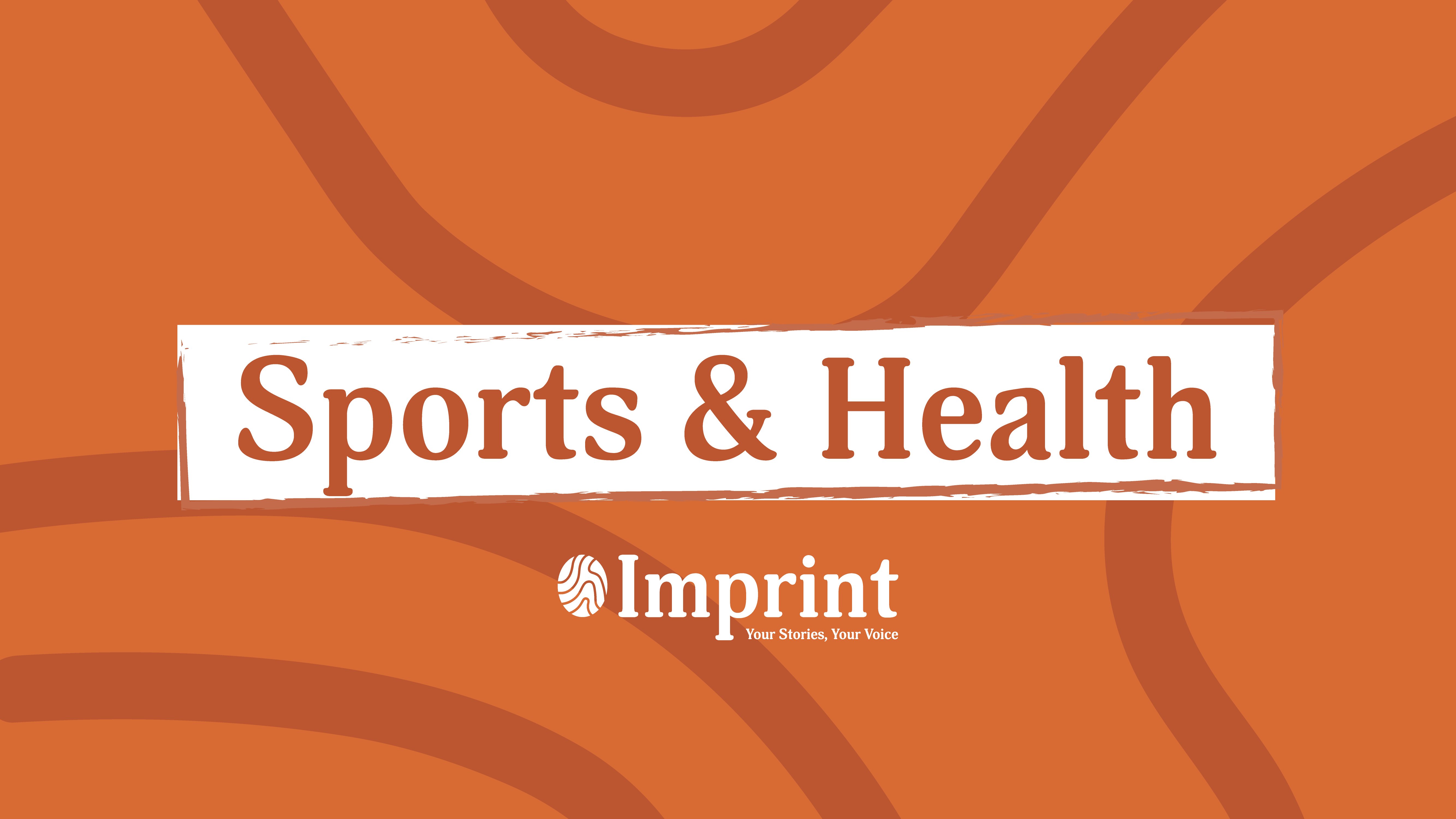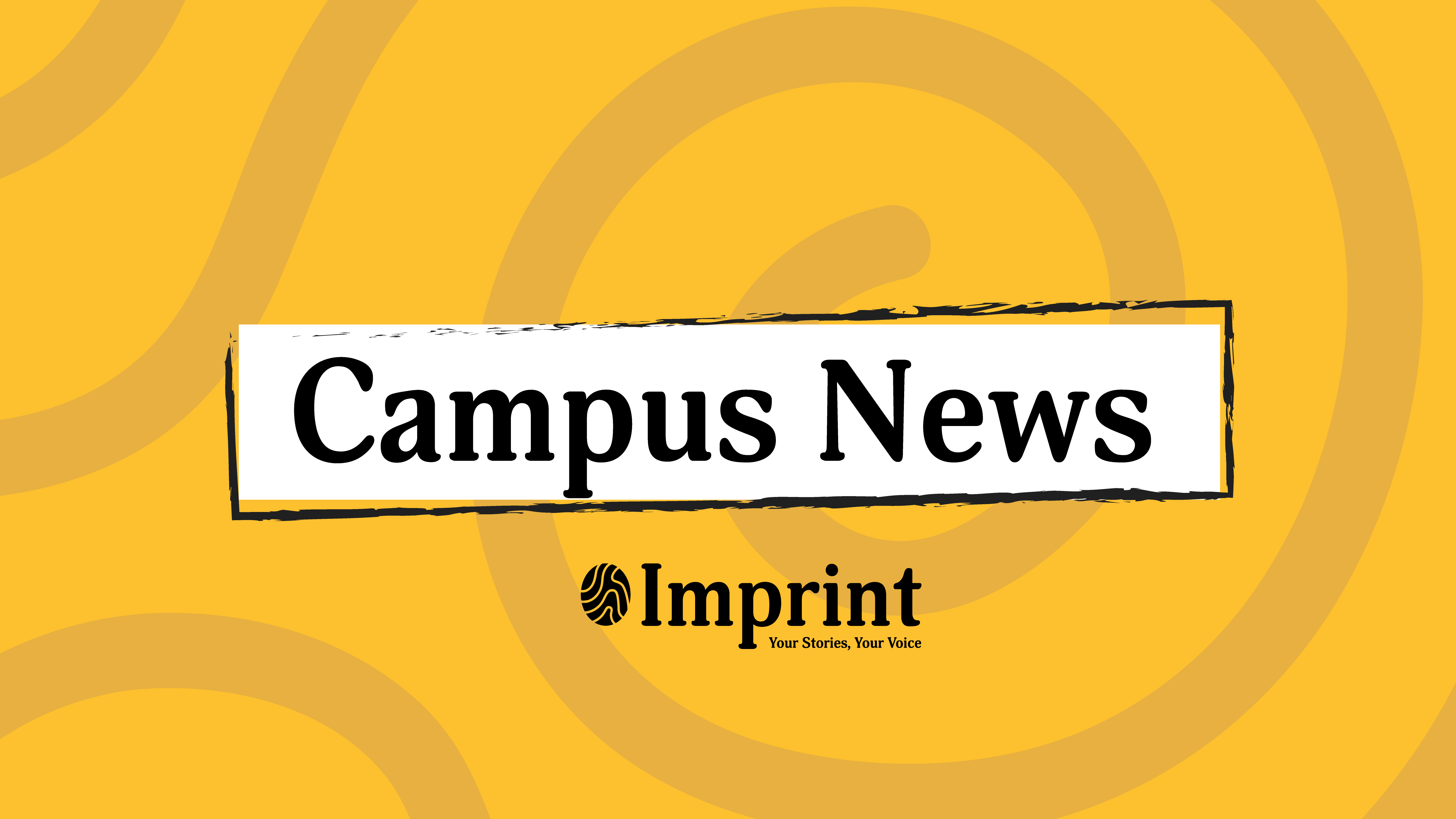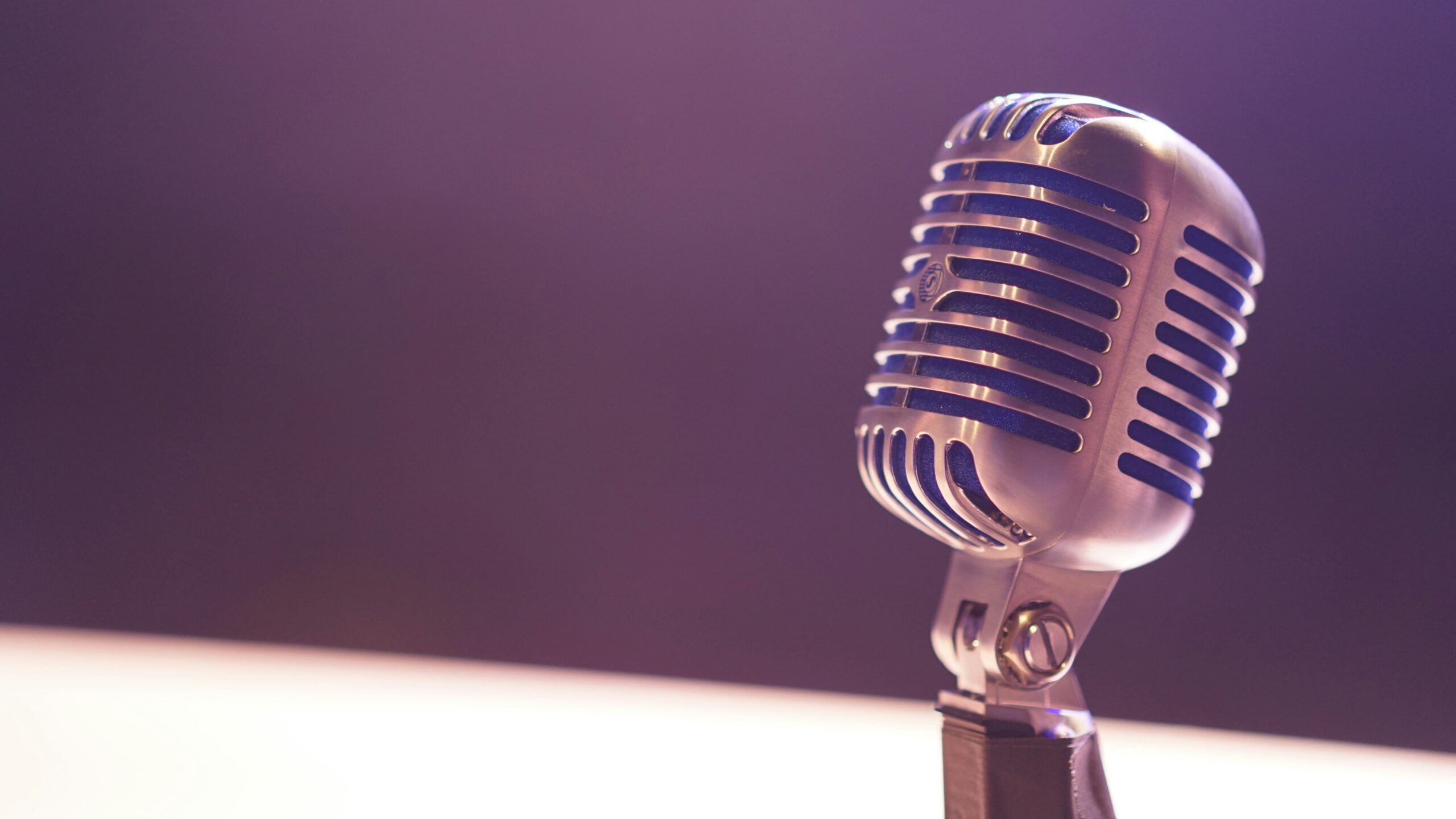
Avoiding ‘RED-S’: Understanding the impacts of relative energy deficiency
| November 23, 2024
The Waterloo School of Pharmacy and McMaster Medicine hosted a public lecture on Nov. 14, presented by Margo Mountjoy. Mountjoy is a clinical professor in the Department of Family Medicine at McMaster University Medical School and regional assistant dean of the Michael G. DeGroote School of Medicine.
Her areas of expertise are in the field of safeguarding in sport, mental health, and female athlete health. Mountjoy has worked in these areas for the International Olympic Committee as a member of various expert working groups. She is known to be an active advocate of the promotion of holistic athlete-centered health care.
The lecture explored the physiological and psychological impacts of Relative Energy Deficiency in Sport (RED-S) on athletes. Mountjoy provided key insights into prevention, diagnosis, and management of REDs. RED-S is a collection of clinical symptoms from an insufficient energy intake relative to an athlete’s training load. It’s a syndrome that can affect all athletes, especially those in sports such as track and field and endurance events. These sports require proper energy fueling which is critical for an athletes health and performance.
Mountjoy discussed what causes RED-S – low energy availability, which results from an imbalance in the energy the athlete takes in from food relative to the energy the athlete expends during exercise. Mountjoy used an analogy to explain the cause: “It’s like putting gas in your car if you don’t put enough in your car, it’s not going to run. So if you don’t put enough energy through your diet your engine is not going to run very well so it’s relative to the energy intake.”
RED-S impacts an athlete’s physical and mental health. It is associated with higher injury and illness risks. It can also reduce the quality of training and performance. RED-S can impact an athlete’s performance outcomes by decreasing their coordination, muscular strength, and concentration. Mountjoy also explained how RED-S can cause an irregular cycle in females and prolong recovery from minor injuries. RED-S can also cause an athlete to intentionally restrict their food intake that is not recommended by a professional.
Mountjoy concluded by explaining how we can prevent and treat RED-S. To prevent RED-S we can start by informing athletes of the risks to performance and health posed by low energy availability. Mountjoy mentioned how important it is to talk to a doctor once you’re educated about RED-S. “The RED-S clinical assessment is a good secondary prevention that identifies athletes who may be at risk,” Mountjoy said. She also expressed the importance of monitoring an athlete for any of the signs of RED-S, and how coaches and parents should not make any changes in an athlete’s habits or performances in practices or competitions.
Mountjoy explained how we can treat RED-S by eating a healthy diet with fats, carbohydrates, and proteins. Exercising in moderation and matching your exercise level to your food intake will treat RED-S. She emphasized the importance of giving an athlete enough time to rest and recover.






